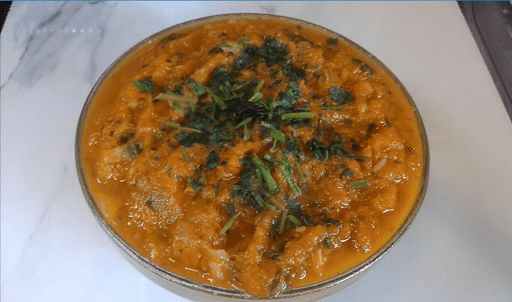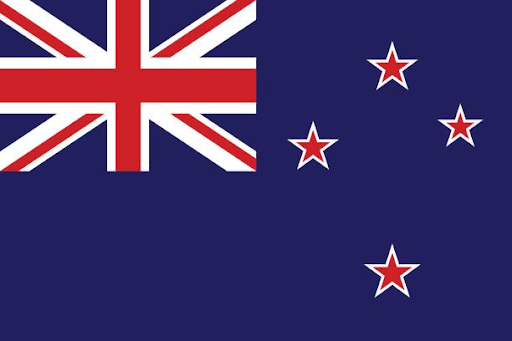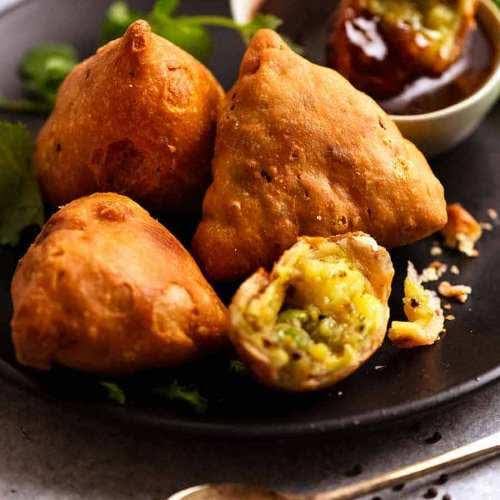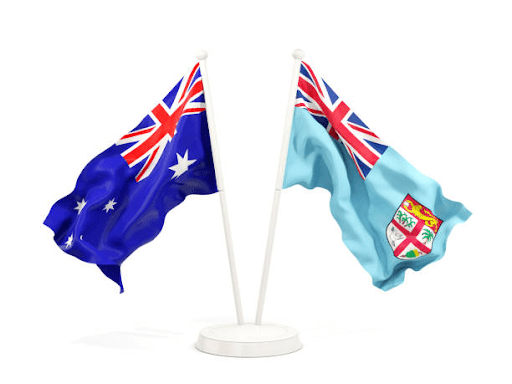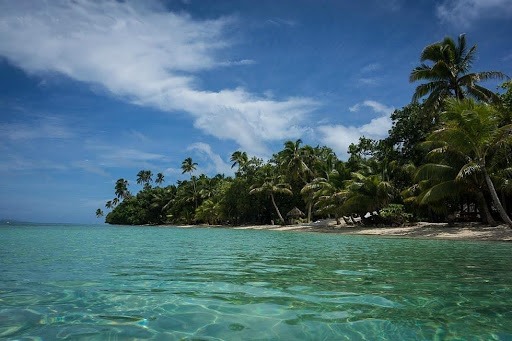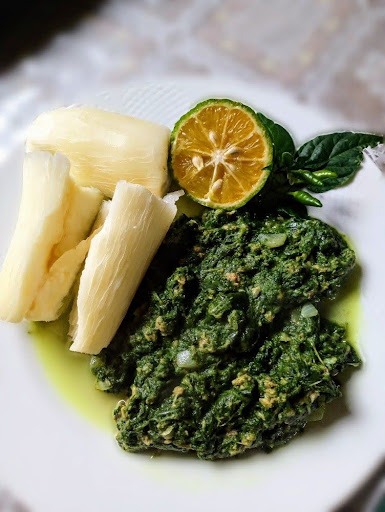Lumi: A seafood delicacy from Fiji’s Gau island
Food in Fiji isn’t accustomed to just a certain way but different parts of Fiji have their own preferred food customs. Some places use certain ingredients more than others; interior highlands of main islands like Viti Levu and Vanua Levu incorporate plants and river life, while islands and coastal regions utilise seafood. For the island of Gau (nga-ooh), in the province of Lomaiviti, they are most notable for their use of various seaweed delicacies, known as Lumi. These edible seaweed delicacies make people from Gau easily known amongst other Fijians.
What is Lumi?
Lumi, consists of a variety of edible seaweed belonging to one or more species of Hypnea and Gracilaria seaweed and algae, respectively. Lumi, is usually of either greenish or brownish colour, and is gathered from shallow parts of shorelines, lagoons or estuaries, where freshwater and saltwater mix in either its single or meandering channels.
Inhabitants of Gau say that Lumi growth occurs all year round and is not seasonal like in other parts of Fiji. The geographical make-up of Gau might suggest why this is a possibility since the island’s reefs on the eastern part of the island reach up to the shorelines (fringing).
Lumi in its variety
- Lumi boso (loo-me mbou-soh):
Lumi Boso, the entire process. 1.) Cleaned, 2.) added condiments and 3.) served with miti.
Scientific name: Enteromorpha (tubular green weed).
When locals say Lumi boso, they refer to the seaweed belonging to the Enteromorpha species, and its name refers to a few techniques of how it’s cooked or served. Before it is chopped and served raw or cooked, this seaweed is soaked and cleaned in water and lightly squished/squeezed to clean out the water. The latter process is known in Fijian as boso/bosoka or bosoraka. The Enteromorpha species is found in shallow parts where saltwater and freshwater meet (estuaries).
Cooking method: Lumi boso, after being thoroughly cleaned and chopped, is served with Miti (me-tea) as its sauce. Miti, is a coconut condiment, sometimes dressed with lemon juice, salt and onions. If cooked, then Lumi boso is chopped and cooked with coconut cream (lolo) to supplement vegetables/greens.
- Lumi Cevata (loo-me they-va-tah):
Lumi Cevata, served with Nama( Caulerpa Racemosa). Image by Golden Ocean Seafood Fiji.
Scientific name: Hypnea (Maidenhair)
This is possibly the most common type of Lumi food known in Fiji when referring to the delicacy from Gau. The name comes from its congealed (cevata) state after it has been cooked, forming the appearance of a pie, which is why some parts of Fiji refer to it as Lumi Pai (pie). This congealed state results from the seaweed’s reaction to being cooked with coconut cream, creating a frozen pie-like appearance. Lumi Cevata, is a Hypnea Pannosa seaweed that is mostly found in saltwater lagoons.
Cooking method: This food is mainly cooked in coconut cream, known as Vakalolo, a term used to refer to any food cooked in coconut cream (lolo).
- Lumi Karo. (loo-me kah-row)
Scientific name: Acanthophora (Spiny Sea Plant)
This food belongs to an algae species of Acanthophora and is a lesser-known Lumi delicacy from Gau and is found on shores, lagoons and reefs. The name comes from its prickly (karo–of bristly texture) and brittle texture, with a greenish-yellow appearance in colour.
Cooking method: boiled in lemon infused water, it is then served with dalo (taro) or tavioka (cassava), with chillies and salt on the side. Rarely is it cooked with coconut cream, but it does happen in some parts.
- Lumi Uciwai: (loo-me ooh-thee-why-e)
Image by algaebase.com
Scientific name: Solieria Robusta (Tender golden weed)
Most noticeable in low tide, it is mostly found growing near river (uciwai) mouths where the water is slightly cleaner with less salinity, hence its name. It is short, wider and tender, often described as being crunchy when eaten; this may be attributed to its crispy texture. It is seasonal in some parts of Fiji, growing in the middle year but not in Gau.
Cooking method: like Lumi Karo, it is boiled in lemon-infused water and served with root crops, chillies and salt. This may also be served with miti or cooked in lolo.
- Lumi Yarayara: (loo-me yah-ra-yah-ra)
Lumi Yarayara, chopped and served with Tuna, and Miti.
Scientific name: Gracilaria (sea moss).
Of brownish-gold appearance, its name is derived from its noodle-like length, yarayara in Fijian means to prolong or drag something out lengthily. If found in undisturbed waters, they can grow to be about 45 to 70 centimetres long. They are usually found in shallow lagoons or by the reef.
Cooking method: similar to Lumi Uciwai, Lumi yarayara is either boiled with or without coconut cream and served with chillies, salt and dalo.
Gau people are jokingly referred to as Lumi or Lumi boso. Bati (teeth) refers to people who have a fondness for eating a particular type of food. For instance, a sweet tooth would be known as a bati (teeth) kamikamica (sweet). So, Bati Lumi; refers to people from Gau, who are fond of eating Lumi.


